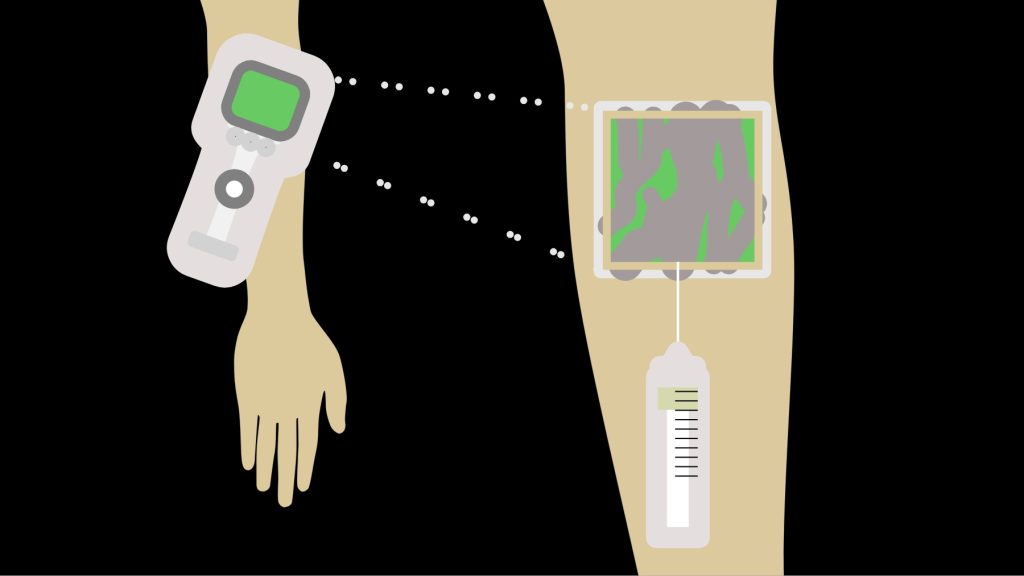
2 in 4 children and 1 in 4 adults have strong fears around needles. Infrared vein finder technology is here to help.
- It utilizes high-frequency light to project a real-time image of a patient’s veins onto their skin’s surface.
- It plays a role in various medical procedures such as venipuncture, intravenous catheterization, blood transfusions, and blood drawings.
I hate needles. I’ll tolerate them out of necessity, but I’m not interacting with them willingly or happily. And a big part of my needle issue is “What if they miss the vein?” “What if my veins are not strong enough?” I’m not trying to go as Swiss cheese for Halloween, you know? Besides, the last thing any sick patient wants is unnecessary holes in their arms because the nurse missed the target. Or bruises up and down a newborn’s arms because finding a good sturdy vein in their little wrinkled bodies is tricky. Hence, a futuristic piece of technology that allows healthcare workers to see where they are jabbing and increase the rate of success on the first try.
Seek and Ye Shall Find
Vein Finder technology, also known as the Infrared Vein Viewer, Laser Vein Finder, or Vein Illuminator, utilizes high-frequency light to project a real-time image of a patient’s veins onto their skin’s surface.
Surprisingly enough, this nifty gadget hit mainstream healthcare back in the early 2000s. Since then, it has only gotten better.
These devices use infrared light to detect hemoglobin—a red blood cell protein that hulls oxygen around the body—and capture the position of the veins beneath the skin. The captured image is then processed and projected onto the patients’ skin. Thus, medical practitioners can visualize the vein clearly. No Russian roulette or hide-and-seek.
Why the Big Fuss?
Simply put, being in a hospital in any capacity is mentally and physically taxing. So, if we can alleviate the stress of taking care of ourselves, more people will be open to seeking the medical care they need. Especially for the little patients who find everything about hospitals daunting and scary. There are just some things a lollipop won’t sweeten.
There are several areas where it comes in helpful like venipuncture, intravenous catheterization, blood transfusions, and blood draws. It enhances accuracy, minimizes discomfort, and reduces the risk of complications associated with accessing veins.
It’s also particularly beneficial for the more “fragile” patients. I remember, as a child, when my mom was going through chemotherapy. She would always complain about IV sites and how the nurse made her a “pincushion”, trying to properly place the IV. Her body was weak and fragile and would aggressively react to the smallest disturbance. Needless to say, getting stabbed repeatedly did not sit well with her body and caused her unnecessary pain. She had no control over the disease…
I guess when we don’t have control, we focus on what we can control like an infection free and adequate needle site…
Inside Telecom provides you with an extensive list of content covering all aspects of the tech industry. Keep an eye on our Tech sections to stay informed and up-to-date with our daily articles.